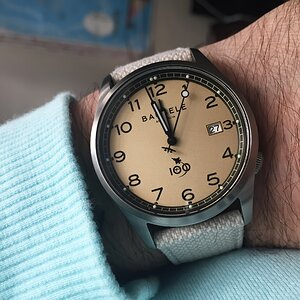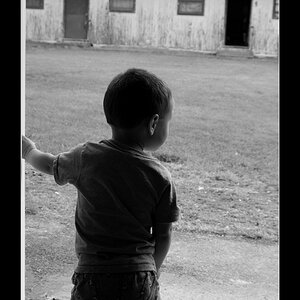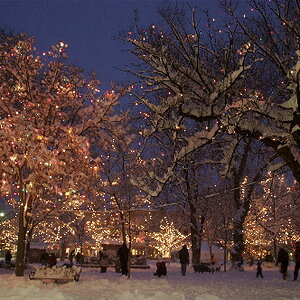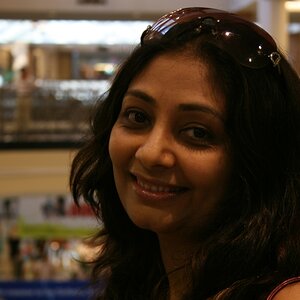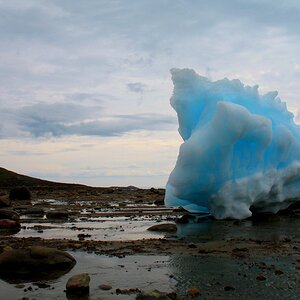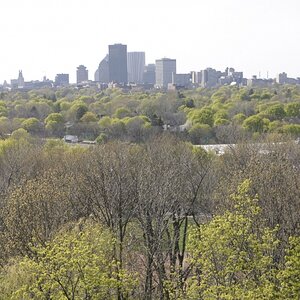stellar_gal
TPF Noob!
- Joined
- Jan 22, 2007
- Messages
- 171
- Reaction score
- 0
- Location
- Texas
- Can others edit my Photos
- Photos OK to edit
Defog is using the unsharp mask (Filter, Sharpen, Unsharp Mask). Settings vary widely among forums, but start at about 40,60,0, or half those numbers for certain images if its too strong. Many people don't realize that they have sort of hazy images, until they use this method, then you use it on what you THOUGHT was a great photo and it gives a WOW factor to it and there is more clarity in them.
Just zoom way in to check details and don't over do it. Many people do it before any other PP, but I just read one amazing photographer does it very last and not til after the final crop. Good luck. It does make a huge difference.
Just zoom way in to check details and don't over do it. Many people do it before any other PP, but I just read one amazing photographer does it very last and not til after the final crop. Good luck. It does make a huge difference.





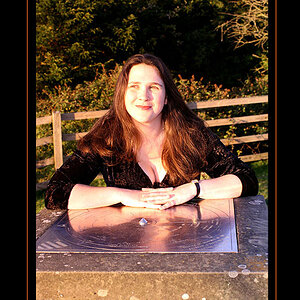
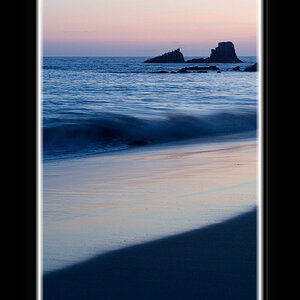
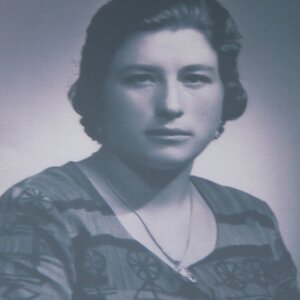
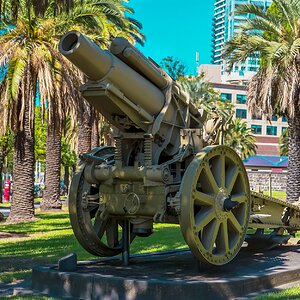
![[No title]](/data/xfmg/thumbnail/32/32926-ec27ecead8c80d803404500d8f888dbf.jpg?1619735754)
